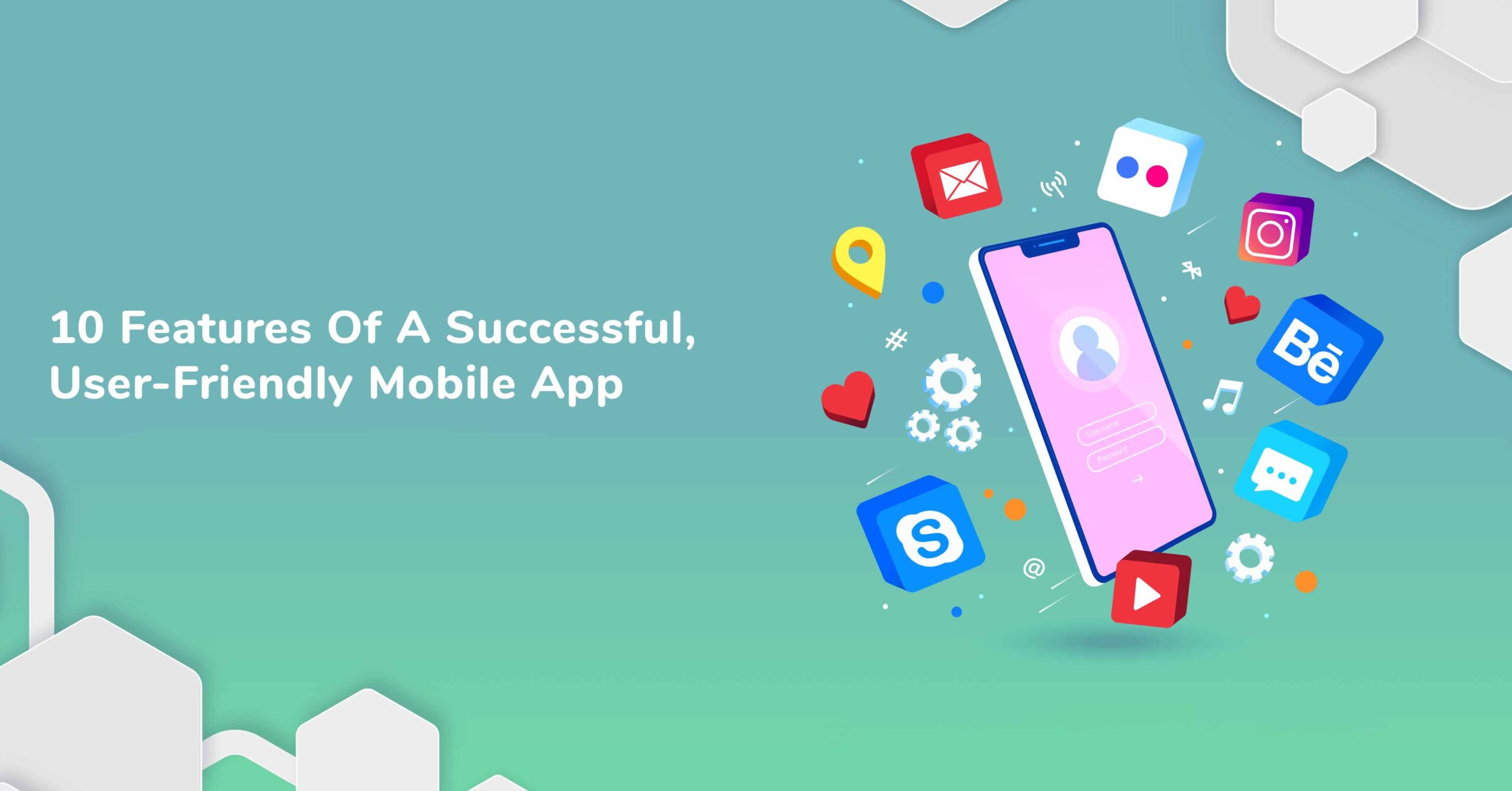Once you are sure about your mobile app idea, it’s time that you start investing your efforts in thinking about the right features for your mobile app. Your app’s functionalities will help you in the long run if you want to stay successful in the market.
Creating a successful mobile app is no simple task. A well-designed app will have features that reassure users that their personal information is secure and an easy-to-navigate UI that won’t aggravate users.
Building a mobile app that makes it simple for customers to accomplish their goals will keep them returning to the app and your services for more.
Here are the 10 most essential mobile app features of a successful, user-friendly mobile app.
1. Offer a USP
Don’t start a mobile app development business just because everyone else is doing it in the market. Determine the necessity, plan thoroughly, and create a mobile app that satisfies your needs. If you don’t consider these factors, your application will not benefit users in any way, and such applications are useless.
Is your software providing any utility? Offer something worthwhile for a user to resolve pain points, social media apps, or simplify the process. Ensure your mobile app is durable.
2. Keep it simple
Perhaps the most crucial component of user-friendly software is simplicity. Mobile device screens are not meant to support intricate layouts. Users may find it challenging to obtain the content they want or need due to navigating complicated mobile interfaces, which is annoying.
When creating a mobile app, it’s crucial to consider how the data will be used and ensure the page’s parts are of an appropriate size, including buttons, fonts, navigational bars, etc. Make sure you focus on offering simplicity throughout the entire design process of a mobile app interface.
3. Focus on responsive design
Any mobile app must have a responsive design, in which the content changes to fit the device’s display. Content won’t be at risk of warping with responsive design, regardless of the end user’s device. Because responsive apps immediately adjust to the device, switching between devices has no adverse effects on the user experience (UX).
Your text should also reflect this responsive design, and the copy shouldn’t be sharp and clear on mobile devices. Customers desire a seamless experience and a clear understanding of how to use the app, including which buttons to click, navigate, and other instructions. There are currently 3.8 billion smartphone users worldwide, and the app must be adjustable to various screen sizes.
4. Easily accessible search bar
Many business apps still do not have a search tool, which is not advisable. No matter how basic your mobile app is, having a search feature is crucial because everyone has varying computer skills. To keep users interested in your app, make it as simple as possible to find what they are looking for.
Any mobile app’s primary goal is to add value, but if users have trouble finding the information they require, that’s a missed opportunity. While website components like dropdown menus facilitate easy navigation, a search option extends these capabilities.
5. Provide an intuitive UX
Every program should ideally offer a simple user interface and optional, clear privacy notifications. The user-friendly UX will improve the consumer’s opinion of your brand identity, and the upfront privacy notices will demonstrate your concern for your customers’ data, thus boosting brand affinity.
6. Coding on point
Never compromise on the reliability of your mobile app. Your users want your mobile app to load quickly, open promptly, and run smoothly, and not experience any lag as they navigate the parts. This is easily avoidable – the most accessible way to find flaws and ensure the technology is secure is to conduct routine code audits.
You must ensure that your app aligns with the privacy laws controlling user data use. Although it doesn’t directly affect usability, a transparent data privacy policy will reassure users and persuade them to use the software.
7. Push notifications are essential.
Targeted push notifications allow marketers to deploy upselling and cross-selling campaigns, stop cart abandonment and notify customers when a product will be back in stock when combined with behavioral analytics. These tailored notifications efficiently reduce the customer path, encourage user retention and re-engagement, and boost conversions with timely and pertinent marketing.
8. Feedback system
Your app must include a method for users to give feedback. They should be able to report errors, request new features, and offer criticism. Thank them for their input.
9. Integrate AR
The future of mobile app “must-haves” will be augmented reality integration since it gives users a more exciting and immersive experience. AR is currently close to being widely adopted. Its features can be incorporated into many apps, from e-commerce try-on and AR-enhanced gaming to healthcare upskilling and manufacturing optimization.
10. Ensure personalization
Utilizing targeting techniques such as demographic, contextual, and behavioral, you may provide your users with individualized experiences. In demographic targeting, you can choose to target users based on their gender, race, and age. For instance, if your app distributes news articles to users, you could target your articles so that a 20-year-old boy receives articles about basketball and a 45-year-old estate agent receives articles about rental properties. The personalized experience in apps is more intense and satisfying with the introduction of technologies like IoT, AI, and ML, and it contributes to improved customer experience.
Wrapping up
User engagement must be a top concern if you want to compete in this growing economy, and mobile applications are some of the most crucial engagement tools. The time and money invested in development are a complete waste if a lousy user experience turns away your customers and has unfavorable effects.
We believe the above pointers will help you build the app your users love.
Good luck!

